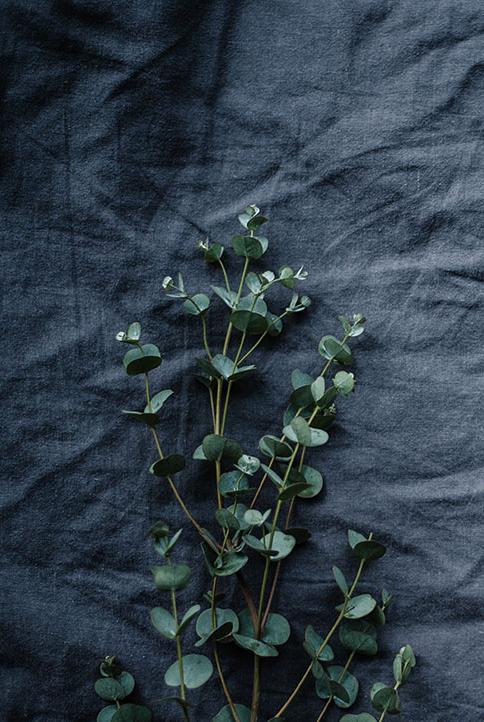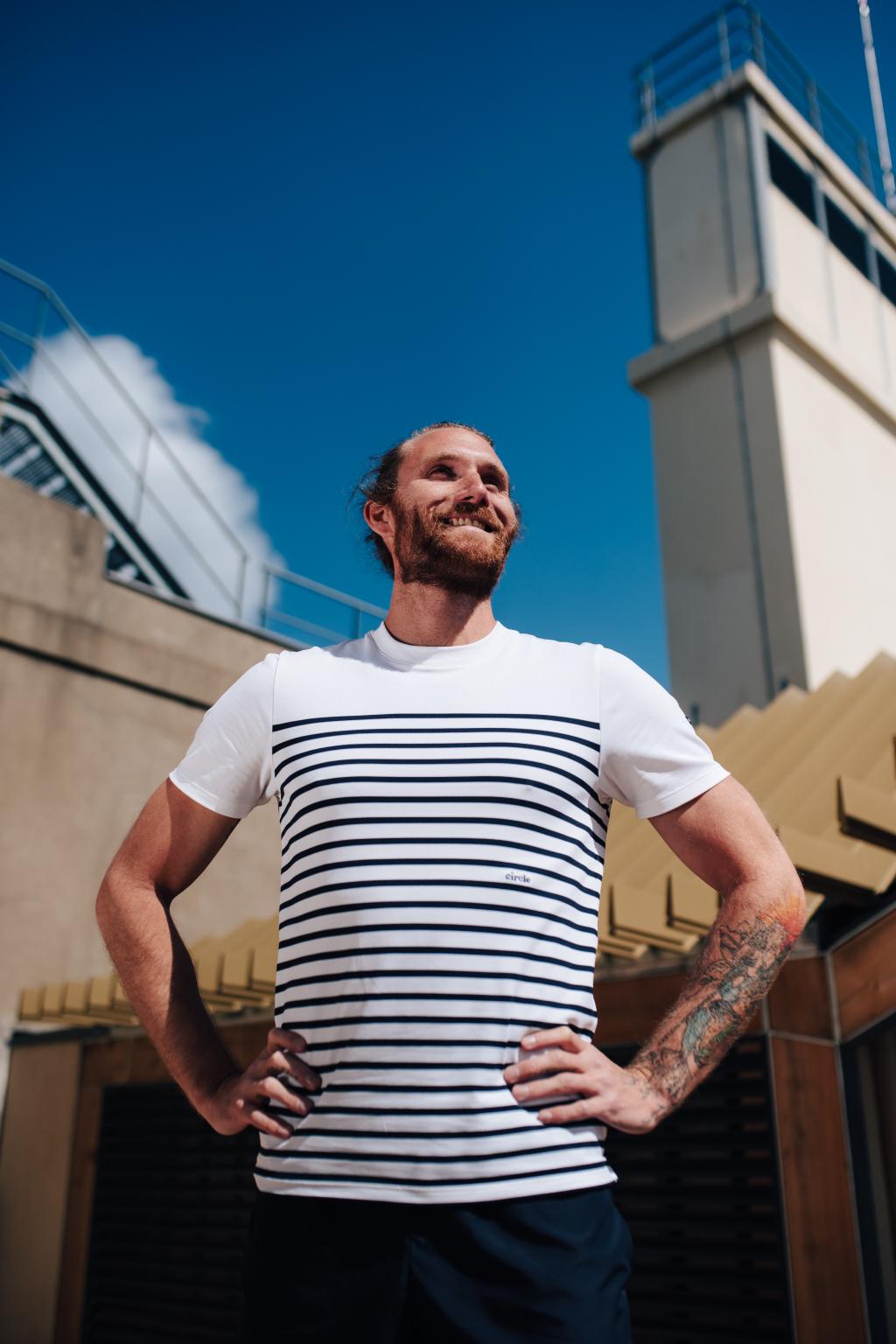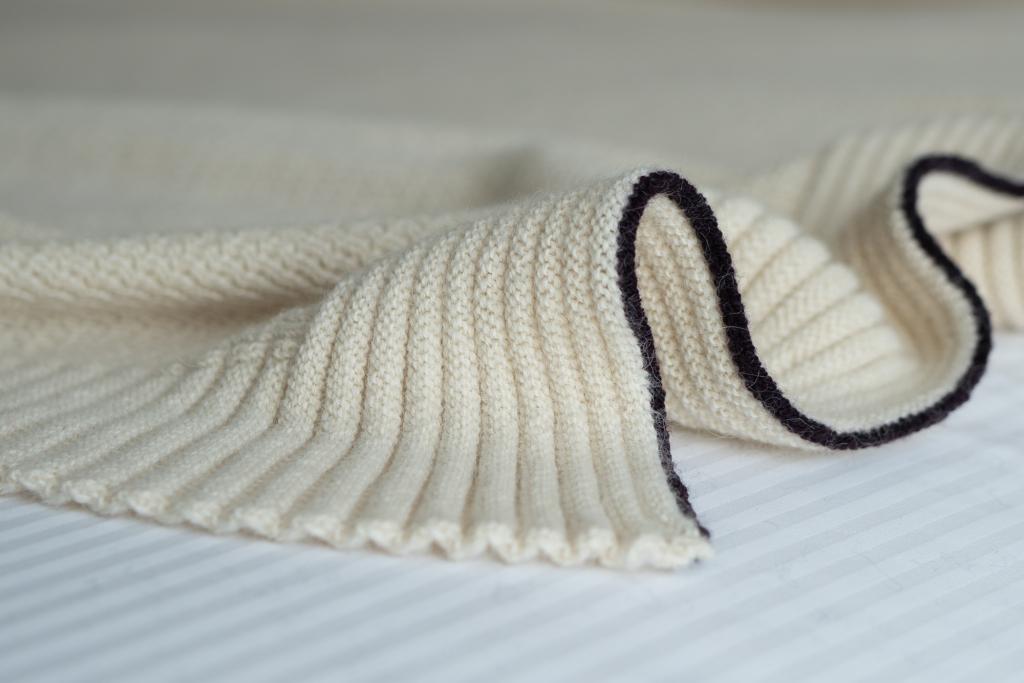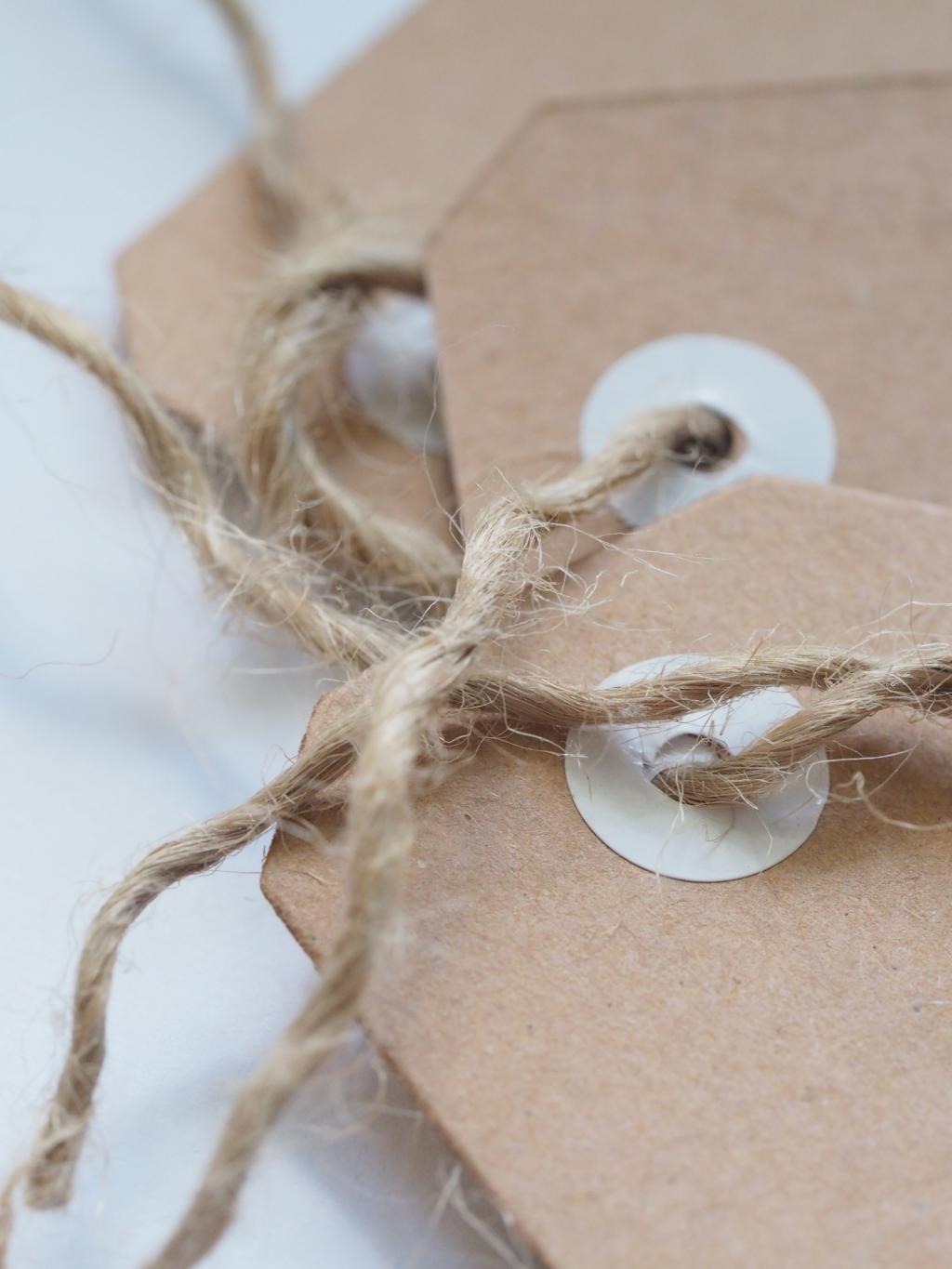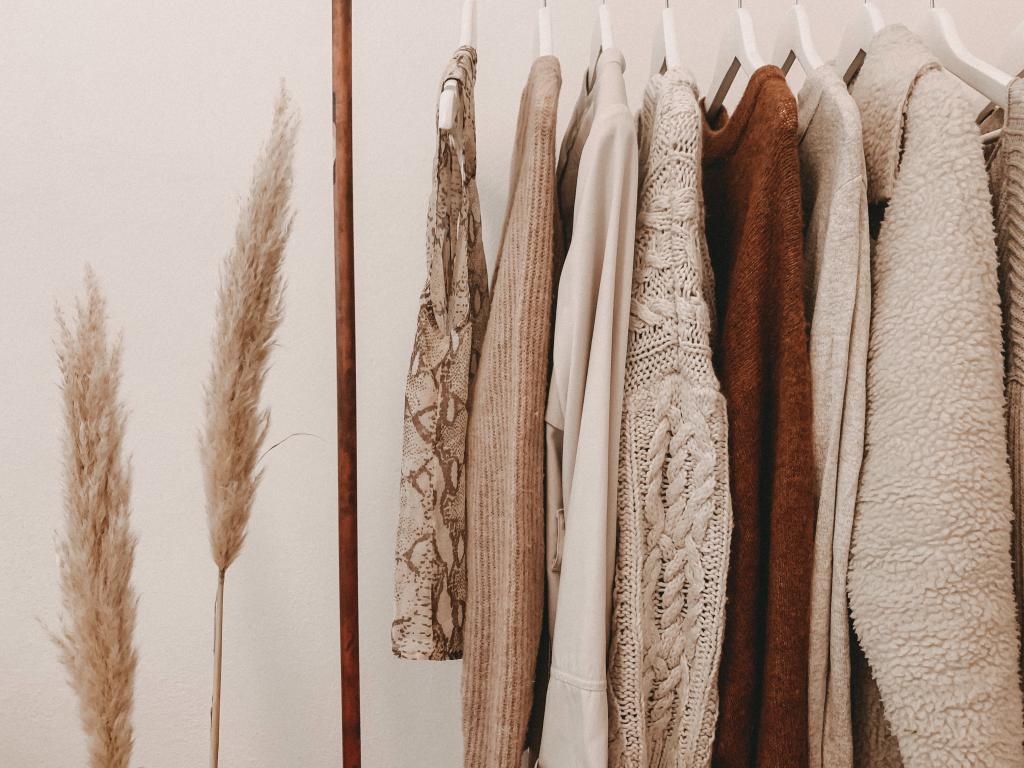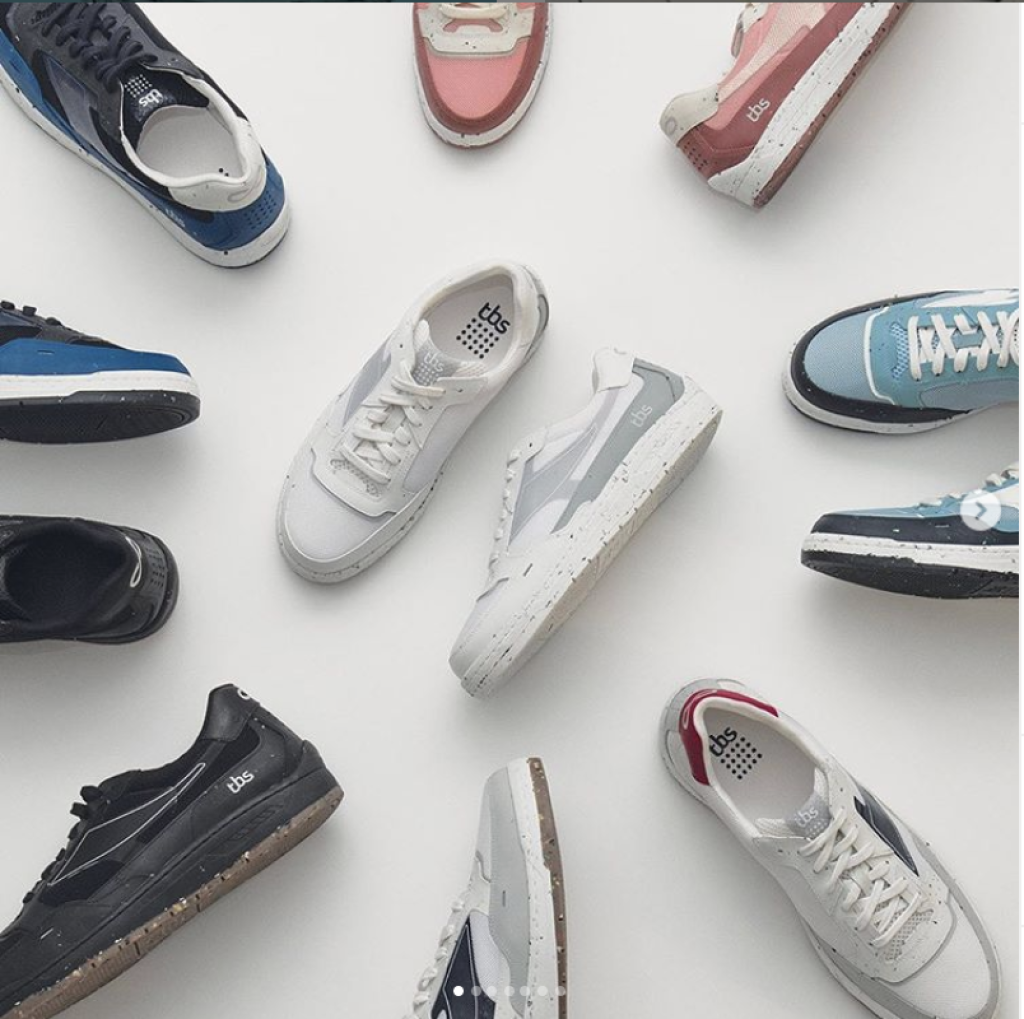Context and description
The end-of-life of clothing textiles and household linen is composed of several stages: the products are firstly collected, then sorted before being sent for reuse or recycling (cutting, tearing, garnetting or shredding).
In order to optimise this recycling stage, in other words obtain a maximum of material using a single recycling process, it is essential to anticipate this stage at the time of design.
In effect, numerous elements can influence / disrupt product recycling.
Conversely, encouraging elements which facilitate recycling at the time of design will enable the end-of-life stage to be simplified.
Care must be taken to ensure that actions to improve a product's recyclability do not undermine its physical durability or function as a product.
